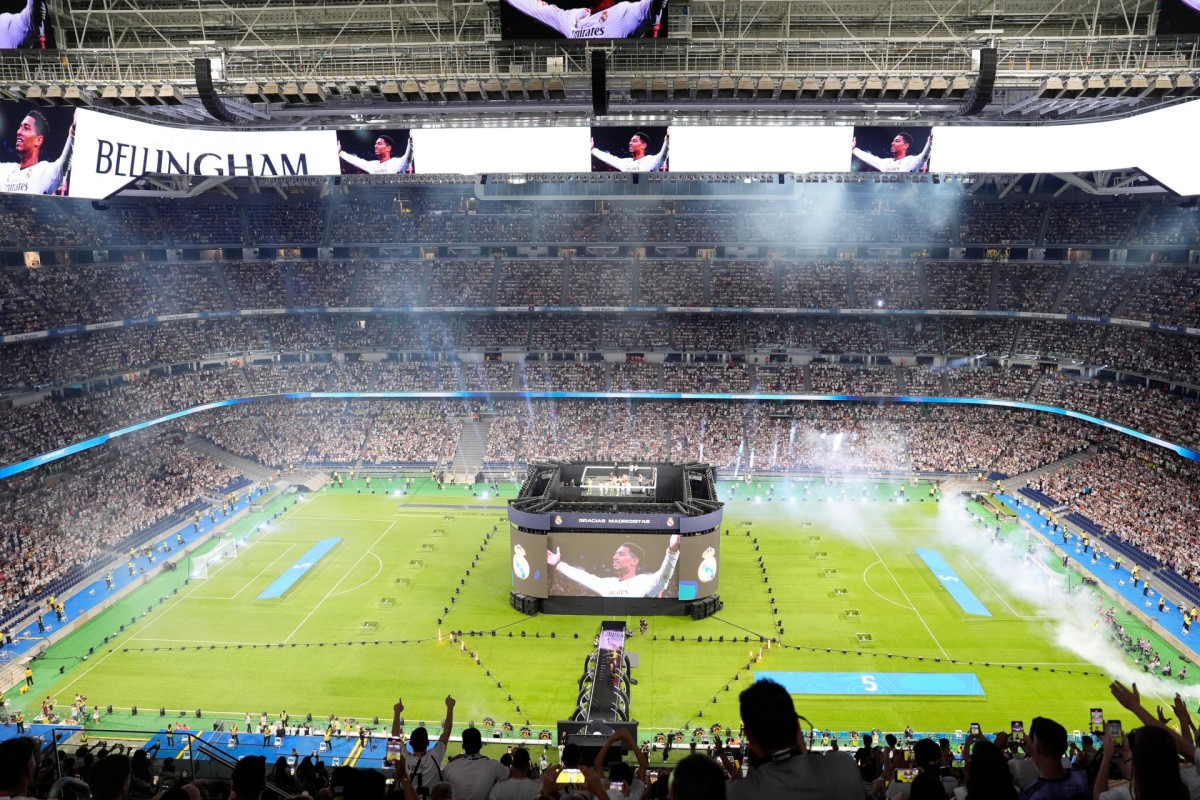
Article written by Mónica Herranz, general secretary of Afelma (Association of Spanish insulating mineral wool manufacturers)
Santiago Bernabéu Stadium's renovation has increased its uses and sparked an intense public debate. The main concern revolves around the impact of major events, such as the recent Taylor Swift concerts, on the densely populated Chamartín district. Residents near Real Madrid's home ground are expressing their discomfort, describing the situation as "unbearable," with noise levels reaching up to 87 decibels in some homes.
This phenomenon is not unique to Madrid. Residents near London’s Wembley Stadium face similar issues, though noise is restricted after 10:45 p.m. Despite the noise pollution, proximity to these stadiums generally does not lower property values. In fact, many people appreciate living in such prominent locations. Ambitious projects are underway to enhance the surrounding area, including increasing leisure options and constructing more housing to meet demand.
What sets the Madrid stadium apart is its location in the financial heart of the second most populous city in the European Union. The upgrade of the Bernabéu represents a significant opportunity for urban development yet it also presents the challenge of enhancing housing acoustic insulation to ensure a better quality of life for residents.
Based on the premise that closing doors and windows during certain evening hours should suffice for those seeking peace, the key to improving living conditions lies in insulating properties from outside noise. However, Spanish regulations in this area are currently inadequate.
The European Union's Recovery, Transformation and Resilience Plan (PRTR) allocated €3.42 billion to Spain for residential renovation, primarily targeting energy efficiency while overlooking acoustic comfort – a critical aspect in a country with significant high-rise construction. Even new urban development projects lack requirements for techniques and materials that prevent noise penetration. Addressing external noise requires both façade insulation and the installation of suitable windows, yet these measures are not mandated.
We have been advocating for years for the improvement of the Technical Building Code to ensure that thermal insulation and any rehabilitation work also address acoustic insulation. Although these proposals have yet to be adopted by the central government, local councils could take measures to enhance building acoustic requirements. For the Bernabéu specifically, an effective alternative would be to update the acoustic map to apply the same standards as those for buildings on Paseo de la Castellana, given the traffic and activity in the area.
Living near one of the world's largest football stadiums can be a major draw for many people. Economically, it represents a significant investment for municipal coffers and local commerce. As Madrid continues to attract major events, the focus should be on finding ways to balance these activities with residents' need for peace, rather than imposing restrictions that could stifle economic benefits. Additionally, the ageing population necessitates construction that addresses the needs of all citizens and minimizes the impact of high noise levels on residents.
To achieve a balance, we need a comprehensive vision and a willingness to consider proposals that promote harmony between various activities, both in Madrid and other major provincial capitals in Spain. We have done our bit; now it is time to engage in discussions and find solutions that benefit everyone.